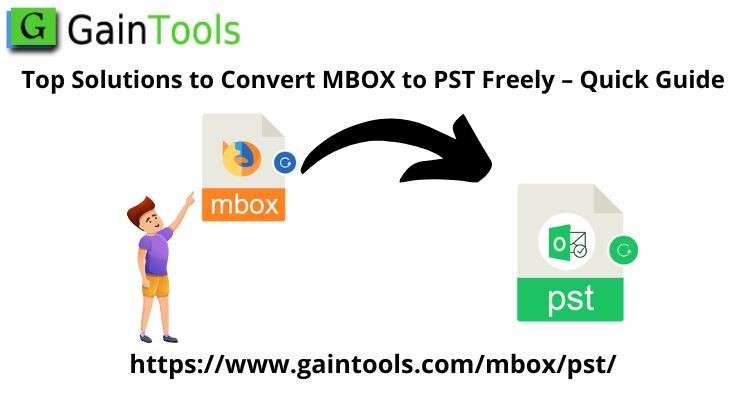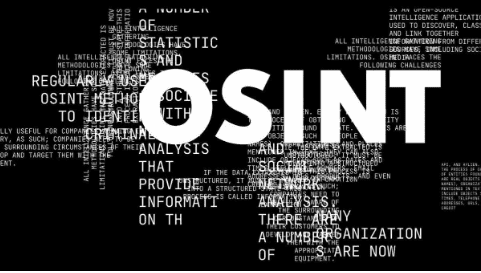Introduction:
The Earthlink MBOX file format is widely recognized and adaptable, catering to various email clients such as Gmail, Webmail, Thunderbird, and Apple Mail.
However, in contemporary times, Microsoft Outlook has emerged as a highly efficient and widely used application for accessing and safeguarding emails, contacts, calendars, and more.
Benefits of Microsoft Outlook and PST Files:
With a consistent growth in users since 2007, Microsoft Outlook boasts over 1 billion users globally. The advantages of utilizing Microsoft Outlook on Windows, Mac, or smartphones include:
- Multilingual Support: MS Outlook supports over 30 languages, fostering a user-friendly environment.
- Enhanced Security: PST files, used by Outlook, offer heightened security compared to Earthlink MBOX, consolidating all data elements like contacts, calendars, and tasks in a single secure location.
- Offline Mode: Outlook enables users to open, read, and compose messages even in offline mode.
- Exchange Server Integration: Users can organize data seamlessly through the Exchange Server.
- Additional Features: Outlook provides diverse features such as Time Zone adjustments, Meeting Arrangement and spot, Sticky Notes, Auto Archive, Spam Filter, and more.
Methods to Open Earthlink MBOX File in Outlook:
Despite its prevalence, Earthlink MBOX files cannot be directly opened in popular email clients like Outlook. To overcome this, users need to convert Earthlink MBOX data to PST. Two commonly used methods facilitate the transfer of data from Earthlink MBOX to Outlook PST.
Manual Conversion vs. Automated Tool for Earthlink MBOX to PST Conversion
Follow all steps:
Method 1: Manual Conversion
To employ the manual method for converting data from EARTHLINK MBOX to PST and seamlessly integrate it into Outlook, follow these steps:
Stage 1:
- Open or create a Gmail account and navigate to “All settings” through the gear icon.
- Enable IMAP protocol in the Forwarding POP or IMAP tab and save the settings.
- Configure an email client (e.g., Thunderbird, Apple Mail) with the newly enabled IMAP protocol.
Stage 2:
- Open MS Outlook and add a new account.
- Access your Google Account settings, enable 2-Step Verification, and generate an app password for Outlook.
- Input the generated password in the Account Settings of Outlook to connect Gmail to Outlook.
Stage 3:
- Launch Microsoft Outlook, go to the File tab, and select Account Settings.
- Click on the New tab, enter your Gmail email address, and click Connect.
- Paste the generated app password from the Google security tab and click Connect to complete the setup.
Method 2: Automated Earthlink MBOX to PST Conversion
For a more straightforward approach, consider using the GainTools MBOX to PST Converter Tool, supporting multiple email client mailboxes like Thunderbird, Apple Mail, Outlook Express, Eudora, SeaMonkey, Pegasus Mail, Claws Mail, Sylpheed, Opera Mail, Evolution, Postbox, Spicebird, Mulberry, Netscape Mail, The Bat!, Entourage, Inky, PowerMail, KMail, GyazMail, Mutt, Alpine, Cone, Internet Mail, Foxmail, Nylas Mail, Airmail, Mailbird, eM Client, DreamMail, Pocomail, Windows Live Mail, Zoho Mail, Roundcube, BlueMail, etc.
Last Words,
In conclusion, both manual and automated methods effectively convert MBOX files to Outlook PST. The manual process involves several steps, which may not be suitable for all users. Therefore, the GainTools MBOX to PST Converter Tool is recommended for its user-friendly interface, supporting multiple email client mailboxes, and ensuring a smooth migration process with retained data integrity. Explore the benefits of Microsoft Outlook after converting Earthlink MBOX files and consider the suggested tool for a hassle-free experience.

As the editor of the blog, She curate insightful content that sparks curiosity and fosters learning. With a passion for storytelling and a keen eye for detail, she strive to bring diverse perspectives and engaging narratives to readers, ensuring every piece informs, inspires, and enriches.










